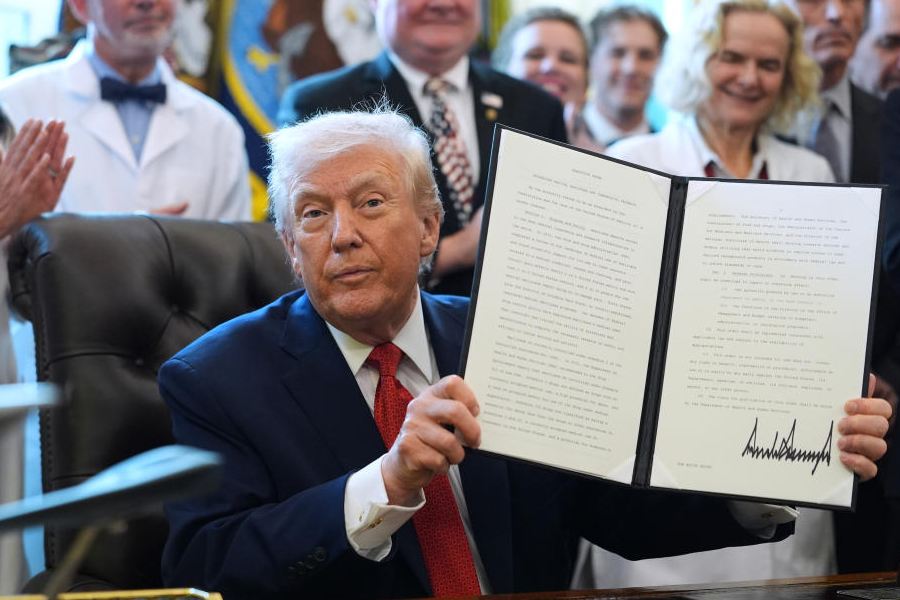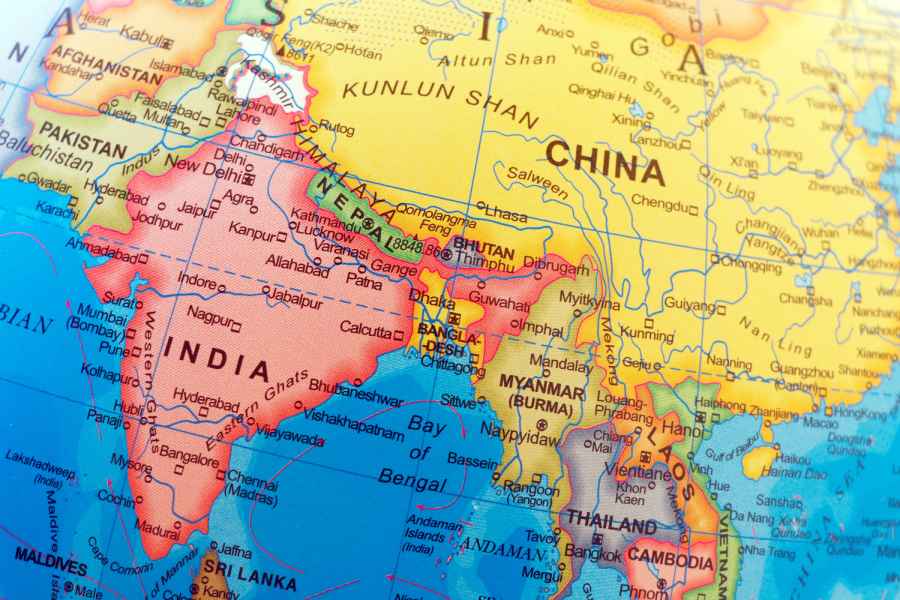Tamil Nadu Speaker M. Appavu on Thursday set aside convention to publicly oppose the proposed location of the nuclear waste repository for the Kudankulam Nuclear Power Project’s units 3 and 4 within the plant premises, saying it would be a hazard to the local population.
“Nuclear wastes must be deposited at a place not inhabited by people,” Appavu told reporters at his constituency of Radhapuram, within which the nuclear plant falls, backing a stand taken by several environmentalists.
“If nuclear wastes are to be stored in the Kudankulam complex itself, it will pose a great danger to the health and safety of the people.”
Appavu urged the Centre to direct the AERB to reconsider its decision. It’s rare for an Assembly Speaker to publicly oppose a policy decision.
Some 35,000 people live in the fishing villages within 5km from the Kudankulam plant, and many more just beyond, said anti-nuclear activist S.P. Udhayakumar.
Appavu did not say how far he wanted the waste storage facility to be located from human habitation, but cited how India had conducted its nuclear tests in the Rajasthan desert.
The Atomic Energy Regulatory Board has decided “to co-locate the ‘Away From Reactor (AFR) Spent Fuel Storage Facility’ within the main plant boundary of KKNPP”, an AERB notification says.
The Kudankulam plant, located in Tirunelveli district, has from its beginning lived under the shadow of local concerns about public health. The then under-construction plant had in 2011-12 contend with a court battle and huge protests from local fishermen and environmental groups, before safety assurances from a high-level expert committee settled the issue.
The AERB notification said the consent for the nuclear waste repository had been given after receiving confirmation that all AERB and International Atomic Energy Agency norms had been followed.
It said the radiological impact from the spent fuel facility on the plant’s workers would not be beyond the AERB-prescribed limits.
Appavu told reporters he had taken the matter to chief minister M.K. Stalin, who had recently directed the withdrawal of most of the cases against those who had peacefully agitated against the construction of the plant in 2011.
He said the Indian Space Research Organisation had a research and development facility just 25km away at Mahendragiri, and this was another reason the nuclear waste storage facility should not be allowed at Kudankulam.
The Supreme Court had said the AERB had to eventually find a “deep geological repository (DGR)” as a permanent and safe solution to the problem of disposing radioactive nuclear waste.
The Kudankulam plant authorities had first thought of using the defunct Kolar Gold Mines as a DGR for storing all radioactive waste, but the Karnataka government did not agree. Currently, there is no DGR site anywhere in India, Udhayakumar said.
Udhayakumar, who spearheaded the protests against the Kudankukam project under the umbrella organisation, People’s Movement Against Nuclear Energy, too, has urged the AERB to revoke its latest decision.
He said the AERB was silent on where exactly it was storing nuclear waste from its Units I and II. He urged the Tamil Nadu government to withhold environmental clearance for the proposed intra-complex waste storage facility for Units III and IV.
While Units I and II are already operating at the plant, Units III and IV are under construction and work on Units V and VI has just begun. The units are being set up by the Nuclear Power Corporation of India “in technical cooperation with the Russian Federation”.
In Kudankulam, the “exclusion zone” is the area within 1.5km around the plant where no habitation is allowed, followed by a “sterilised zone” up to 5km from the plant, and an “emergency planning zone” up to 16km from the plant.












